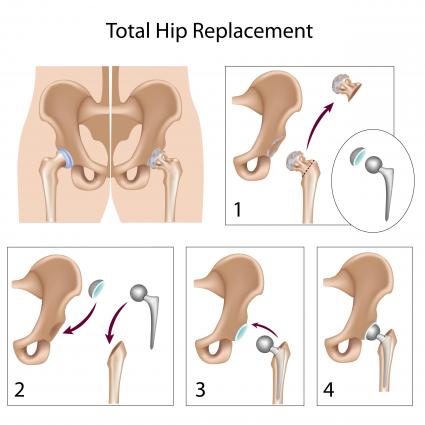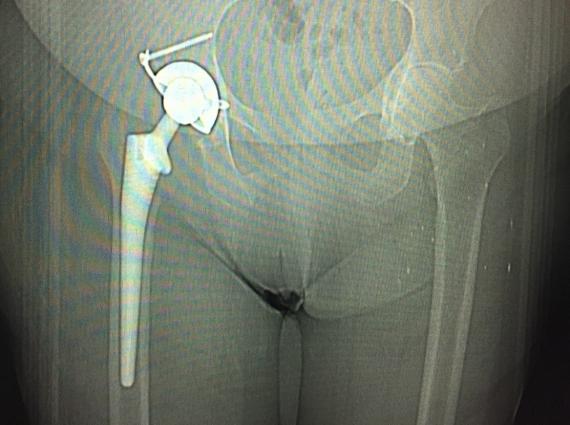For information, many other surgical approaches to the hip joint have been described like the the posterior approach, the lateral approach, or the antero-lateral approach with prosthesis dislocation rates up to 8% and post-operative painful and irreversible muscle degeneration and hip limp.
Advantages of the MINIMALLY INVASIVE ANTERIOR approach:
- Short skin incision (6-8cm)
- No sectioning of muscles or tendons = no muscle degeneration = No limp
- Full weight bearing the same day after your surgery
- No physiotherapy after the surgery
- Reduced bleeding
- Driving is possible one week after the surgery
- Dislocation rate <1%
- Return to sports activities at two months
Professor JUDET has revolutionized the management of prosthetic joint replacement and traumatic hip surgery when he described this technique in 1947. Not only the aesthetic aspects of this approach, but also the psychological aspects are predominant because the patients’ well-being is rapidly restored since early mobilisation and short hospitalisation time have significant social and financial benefits : the MINIMALLY INVASIVE ANTERIOR approach for prosthetic hip joint replacement (arthroplasty) unveils a new era in prosthetic hip replacement because no sectioning of muscles or tendons are required to implant the hip prosthesis. This allows patients to achieve full weight-bearing on the same day that the surgery is performed and to safely leave the hospital the afternoon after the morning surgery, to go back home. The postoperative recovery is also very fast : patients are able to walk without their crutches and to climb the stairs 24 hours after the surgery because absolutely no muscles have been cut, so there is no need for physical rehabilitation. There is almost no risk of dislocation (less than 1%) compared to other surgical approaches because surrounding muscles, tendons and bones have been preserved, leading to a better prosthesis stabilization inside the hip joint. This allows patients to go back to driving a car one week after the surgery and to return to sport activities after two months.




